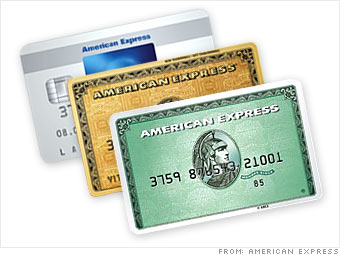There are a lot more services that allow you to embed themselves on your own website.
My old dream of referenceable TV is becoming a reality.
Check out the latest Simpson video on Hulu:
Here’s the syntax to perform the embedding:
<object width="512" height="296"> <param name="movie" value="http://www.hulu.com/embed/UXAfciFSseznQ7G5ec_pJQ/253/399"></param> <param name="allowFullScreen" value="true"></param> <embed src="http://www.hulu.com/embed/UXAfciFSseznQ7G5ec_pJQ/253/399" type="application/x-shockwave-flash" allowFullScreen="true" width="512" height="296"> </embed> </object>
The last two numbers in the movie value url represent the start and end time (253/399) in seconds.
The important part of this syntax is that it allows anyone to go back to the previous part of the clip to see it in full context. It also allows the viewer to continue on to view the rest of the video. It becomes clearer where the truth lies when someone argues about misquoting.
Now the next step in referenceable “television” is a way to combine a series of embedded clips together and retain the links back to the original. That would allow anyone to create mashups similar to the ones produced by the Daily Show.




